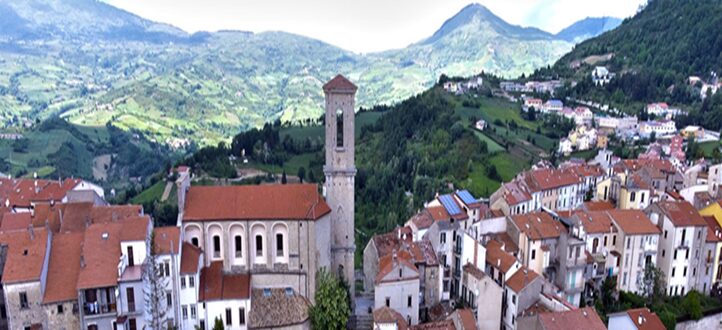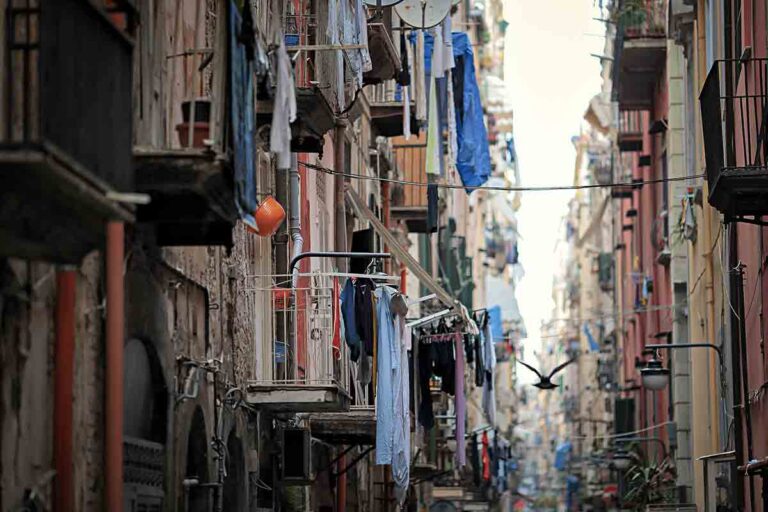 There is something irritating about the tired repetition, in the political and economic debate, of the traditional mantra according to which "we need to restart the construction sites to revive economic growth in our country".
There is something irritating about the tired repetition, in the political and economic debate, of the traditional mantra according to which "we need to restart the construction sites to revive economic growth in our country".
Everyone, even without being followers of Keynes, agrees on the fact that public works can activate economic growth and that, therefore, we must proceed without delay with the reopening of the "construction sites". However, it would not hurt if the simplification of these statements, too shared not to hide traps, were surrounded by some caution and some useful clarifications on the "what" and the "how", to activate a real public debate on collective choices.
The "what", first of all. The generic nature of the appeals on "construction sites" seems to assume that the useful ones coincide with the so-called "major works", financed by the state at the bottom of the list: mainly roads and motorways, more rarely railways. Thus we return to talking about the motorway between Mantua and Cremona and perhaps the bridge over the Strait of Messina.
On the other hand, "major works" almost never mean works of "great utility", such as the strengthening, acceleration and completion of already existing and clearly necessary via ferratas: from the single tracks of Apulian commuting to the doubling of the Palermo -Catania to the high capacity Naples-Bari.
The latter, which would connect about the 75% of southern mechanics, lies as a promise since the funding arranged by the Monti government, now almost ten years ago. Still, the amateur video with the boys playing football undisturbed on the deserted Brebemi should have taught something to a country that has an unenviable record of vicious soil sealing, with the inevitable side dish of hydrogeological instability and natural hazards.
In defiance of that landscape (constitutional value, let us remember it sometimes) and quality of life, which have always made Italy's fortune. Before public investments, what is lacking is the strategic vision on the part of the State, which risks being reduced, once again, to a dumb paymaster.
A State that seems to forget that almost a tenth of its Municipalities falls within the area of greatest seismic risk: every shock, even if not devastating, can bring the now recurring load of deaths and loss of assets, whereas, instead, a sensible prevention work it would lead to the redevelopment of places, to revitalize "internal areas" of the country, as well as avoiding the loss of human lives.
A state that pretends not to see how the thousand redevelopment operations of properties seized from the mafia, dispersed throughout the territory, then quickly fall into decay, simply due to the lack of a medium-long term vision. This is how many micro-operations to safeguard the building heritage often become waste funds, awaiting the subsequent renovation.
Public investments have often been guided by a vision smuggled as "liberal", but which has absolutely nothing of liberalism correctly understood: no public debate on choices of common interest, no rationality constraints of decisions, no capillarity to involve individuals and communities local to jobs with a certain return in terms of safety, livability, activation of territorial economic microsystems.
Being liberal is certainly not an obligation, but at least the scarcity of public resources would require our country to learn from practices now in vogue in more than half of the world - coincidentally the most advanced - under the banner of shared finance, both in terms of public-private partnership (so-called PPP) for infrastructure and social impact finance. And here on the "what" the "how" of public investments, so much evoked, intersects.
Today, the progressive decrease of public money corresponds to an abnormal growth of private liquidity. Institutional funds and private equity funds are looking for investments that are no longer just rapacious: so-called patient investments, which could respond to the strong public demand for social infrastructures (hospitals, kindergartens, sports fields, etc.), common to all European countries, in which it has taken two new paths.
The first: medium/long-term PPP operations, on which the European Investment Bank (EIB) has been pushing for years and thanks to which Great Britain has financed half of its public works. The private invests the capital and the public pays an annual fee.
The second: social impact investing. Also launched in Great Britain, it has introduced innovative financial instruments, such as social bonds (or solidarity securities), aimed at investing in social projects that have the capacity to self-sustain over time. The social no longer synonymous with unproductive spending, but an opportunity for economic development.
In this perspective, public financial leverage would in turn shed its skin, becoming a driving force, co-financer or guarantor of investments whose impact can be assessed and aimed, for example, at securing territories as well as at rebuilding schools.
Can we hope that a barbaric public debate will abandon the generic nature of appeals to public finance "grant" and accept the challenge of a new role for the public and the private sector?
(by Paola Caporossi and Giovanni Vetritto, published on Huffington Post – 4 February 2019)





